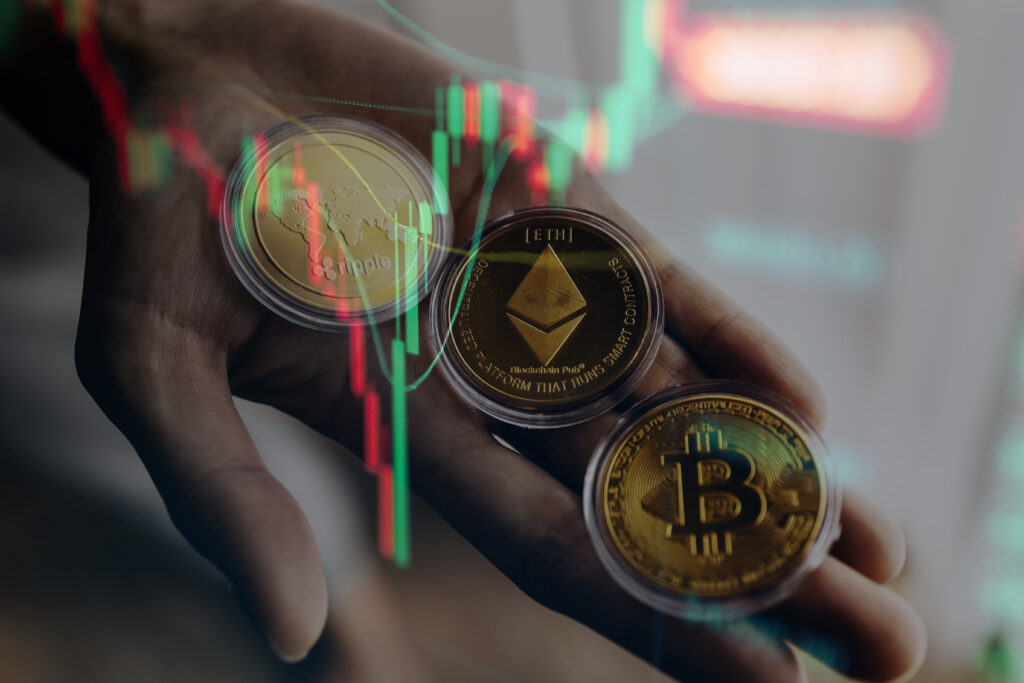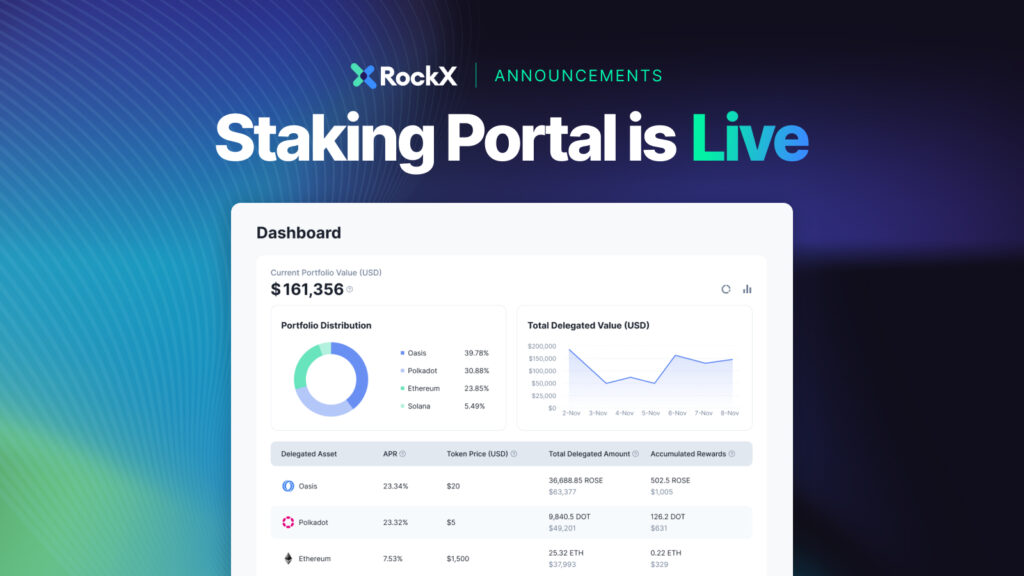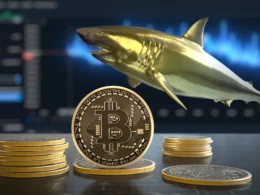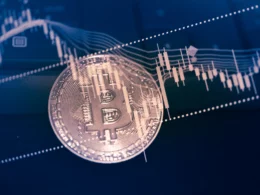There are technical terms that belong to the world of crypto which, over the course of its now 14-year history, have evolved and changed meaning – as is natural for any neologism once it enters widespread circulation and exists through time.
Altcoin is very much one of them: in the early days of crypto, this was a term used to define all cryptocurrencies other than (‘alternative to’) Bitcoin – and altcoin cycles were seen as something entirely separate from the BTC halving cycle and, sometimes, almost a hedge to possible BTC downturns.
This concept evolved significantly as mass adoption of crypto and blockchain products progressed, institutional money poured in and the price action of tokens began to be regulated by more complex and less predictable patterns.
Similarly, due to both the technical innovations gradually introduced to various ‘altcoins’ and an evolving concept of what the future of digital currency looks like, the idea of what ‘alternative’ meant in this pace changed.
Bitcoin’s leading role in the market has become increasingly seen as the consequence of early crypto history dynamics rather than based on any type of technical merit or future potential, and a flood of new tokenised projects poured into the market during 2020-2021.
This high turnover further moved the centre of crypto conversation away from Bitcoin, leading the industry to the brink of a new generation of blockchain projects, already at work to address the issues found in some of the ledgers still seen as ‘innovative’ in 2017.
While some might argue for an even more levelled out playing field, the amount of core crypto projects that either forked from Ethereum or somehow rely on it for their core functions is such that it’s become impossible to consider ETH an ‘alternative’ – the coin now being rightfully identified as the mainstream option for crypto development.
While an important update, this change in nomenclature doesn’t reflect the truth of the market yet: there are tens of thousands of more or less obscure ‘altcoins’ in circulation, and they make up a significant part of the crypto ecosystem. Therefore, the idea that analysing their behaviour as a separate phenomenon to BTC and ETH still holds valid, despite ETH’s history proving they might conflate later on down the line via adoption.
A Difficult Asset To Evaluate

As mentioned, someone choosing to invest in altcoins will be spoiled for choice.
There are so many classes of altcoins it’s not possible to list them all in this piece, but there are a few major ones worth distinguishing.
Payment tokens are the most classic: a digital currency meant to replace or accompany existing fiat cash. Stablecoins can also be perceived as belonging to this group, with the core additional characteristic of being pegged to a basket of goods to avoid volatility issues. These goods can be of all sorts: fiat, metals, or other crypto.
Another two popular classes are those that mirror common traditional investment products: security and utility tokens. Security tokens are representative of another asset that is secured (hence the name) on behalf of the token holder and are therefore worthless without this backing. Utility tokens instead are traded like other crypto but their core function is to serve as building blocks, as core parts of a ledger-based service of some kind. Their value resides in the fact that they are often a scarce resource that’s essential to run a for-profit service.
Governance tokens are a form of utility token, but once conceived for organisational or political use. They essentially represent a form of voter ID, proving the person holding them has bearing in a governance process and giving them a certain impact on it based on the amount of coins held (or, more generally, the absence and status of the holder).
Finally, the most infamous category: meme coins. These are a sort of inside joke of the industry, and usually stem from popular culture or crypto culture memes. Their only value usually resides in the FOMO-generating hype created by their developers and they are classed as very high-risk, irrational speculative projects. They are best avoided by anyone looking for sensible investment options.
A Safe Harbor Or An Unpredictable Mess?

While this asset class definitely offers a lot of choices, it also comes with its downfalls.
The lower popularity of these coins and subsequent small market caps mean they are less liquid than ETH or BTC, and thus more susceptible to critical issues such as hacks or development bugs.
They are also often way too obscure, experimental, or speculative to be able to correctly assess their longevity, development support life, and chances for adoption – it is, therefore, possible a project with a very valid premise might disappear in a few years for no specific reason.
All of these issues have historically been offset by an important aspect, their price action and its differences with that of BTC. Part of what led to the distinction between ‘altcoins’ and BTC was that, as mentioned above, they demonstrated a tendency to not move in tandem with the main coin’s price action during the sudden and violent downturns that characterised early crypto history.
Instead, they would follow BTC price action but delayed by a few weeks if not months, generating what is called an ‘Altcoin Season’. This usually followed the early stages of BTC price stagnation or fall, and was the result of investment cash being redirected from what was seen as a ‘spent’ opportunity towards the myriad of altcoin options available which still presented the potential for significant upside and 10-100x returns for a lucky few.
This altcoin season was always seen as the moment where the key players of the next ‘mainstream’ bull run would be defined, and as a sort of ‘swan song’. Indeed, the following step in the cycle was usually a crypto-wide bear market until the next BTC halving event.
By definition, this made altcoin seasons a risky environment: not knowing the signs of the season’s end might mean being left holding the bags of a potentially future dead coin. But it provided a further glimmer of hope and an excellent fallback plan for anyone still feeling greedy after the bonanza of a BTC bull run, extending somewhat the positive sentiment across the industry.
Syncing Up With The Market

This has, however, crucially stopped being true in the last couple of bull runs – signalling a collapse and evolution of the relationship between BTC and altcoins that matches the general maturing of the market.
BTC has recently relinquished its claims as a hedge against inflation and a replacement of gold as a ‘safe haven’ for investors, demonstrating that it’s currently being perceived more and more as just another speculative fintech investment – with the same applying to other cryptocurrencies.
The annus horribilis of 2022 which struck the world of finance and sent the world economy tumbling towards high inflation and a subsequent recession has broken any sort of crypto-specific price action modelling.
With BTC and ETH now fully institutionalised and part of mainstream asset classes, the cycle of cash flowing from those two tokens to altcoins has ceased, and alts now move in lockstep with the leaders of the pack.
While the financial upsides of small cap projects remain by mathematical definition potentially higher than with ‘classic’ tokens, the simultaneous sentiment action points to a shifting risk-benefit balance. With investors being faced with a bear market across all tokens at one time, many would understandably steer clear of the riskier and younger projects out there.
In 2023, it is therefore not advisable to invest in altcoins purely because of the phase of the market they’re going through, be it a bull run or a long bear market. Investment opportunities should therefore be chosen on the merit of the technological and adoption prospects ahead, rather than with a view to timing the market.
In many ways, cycles are now a thing of the past – and fundamentals are back on the menu.
Grow Your Digital Assets Even in the Bear Market

If you’re looking for more secure ways to earn passive income from your digital assets, consider staking with RockX. In their newly-launched staking portal, they’ve simplified the staking process into a few simple clicks. As with any investment asset, however, please do your due research prior and never invest anything you cannot afford to lose.









